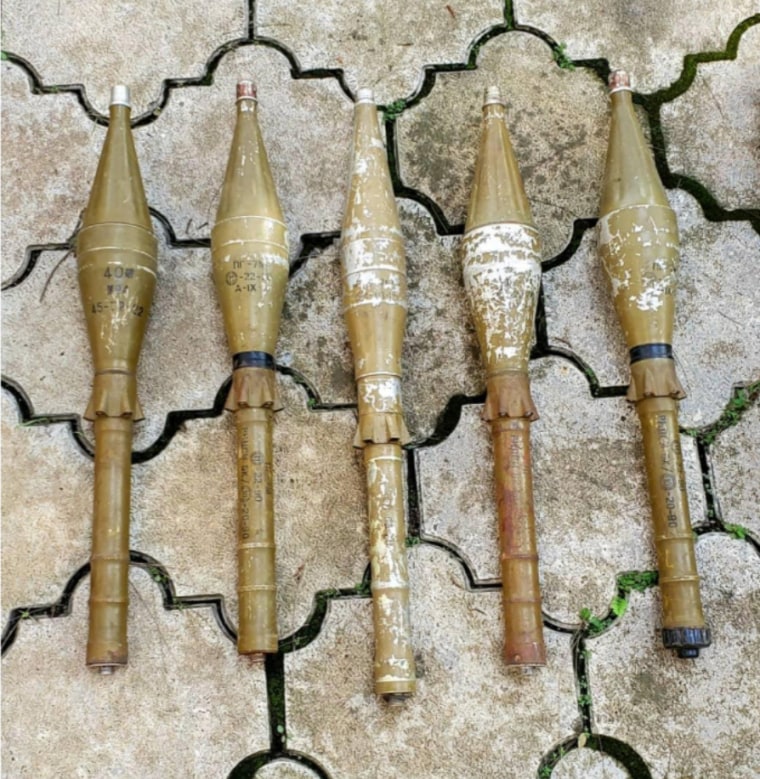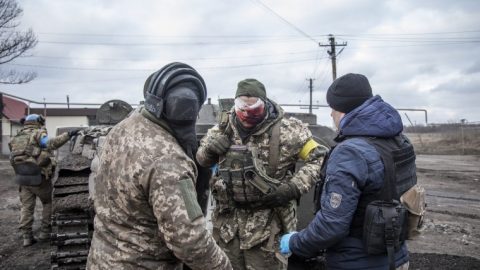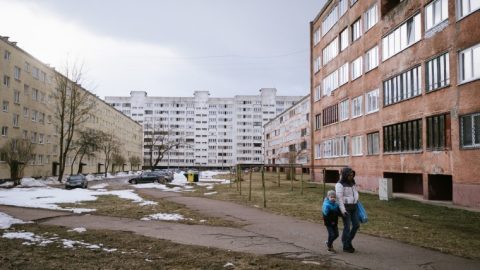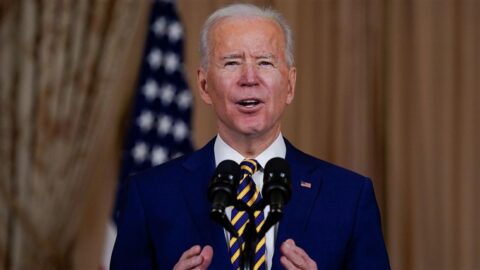Open secret
From the start, Rwanda has gone to extraordinary lengths to conceal its intervention in the Kivu provinces in eastern Congo, which went from a couple of hundred soldiers in 2021 to an estimated 5,000 today.
But there have been lapses in Rwanda’s secrecy. In May 2022, Congolese forces announced they had captured two Rwandan soldiers who had entered the country. Rwanda denied this, claiming the soldiers were kidnapped across the border.
NBC News obtained a Rwandan military report that admitted that these soldiers were captured while taking part in an M23 attack on barracks at Rumangabo military base. The internal report says members of the Rwanda Defence Force crossing the border were supposed to leave cellphones behind and strip identifying insignia from their uniforms. It recommends punishment for the soldiers’ commander for failing to ensure the captured soldiers did so.
In a bid to remove witnesses, Rwandan soldiers forced Congolese villagers to evacuate areas they occupied, according to a contractor hired to provide intelligence for the Congolese military.
Operations like this drove hundreds of thousands from their homes.
“This is not business as usual in the DRC,” Antoine Sagot-Priez, Congo country director for the aid agency Concern Worldwide, said in March, commenting on the mass displacement. “We need people to know what is happening here.”
These villagers ended up living in 17 camps around the city of Goma, the capital of Congo’s North Kivu province, that would eventually swell to hold 400,000 to 500,000 people.
Reports drawn up by the same contractor state that Rwandan forces were moving their mortars in and out of Congo — sometimes each day — apparently to avoid detection. Rwandan soldiers also often don outfits usually worn by the M23 rebels.
Much of the information used in this report was compiled by Western military experts, who included former French army officers, Romanians, Poles and Bulgarians, hired by Congo President Felix Tshisekedi in 2022 when he realized his army was disastrously losing ground. They were assigned the task of protecting cities in the east and providing Congo’s artillery with key information — thanks to a small fleet of Chinese drones.
In March 2023, these new hires helped turn the tables on the Rwandans attacking the town of Sake, west of Goma, by hitting their mortar positions with Sukhoi fighter jets.

The entire Rwandan force in Congo withdrew the following day.
Military contractors believe this was the moment Rwanda — one of Africa’s poorest states and heavily dependent on foreign aid — went on an international military shopping spree, placing orders in Poland and Turkey for sophisticated anti-missile systems, drones and signal-jamming equipment.
Then in late 2023, Rwandan forces began returning to Congo.
This time the numbers were 10 times higher than before — 3,000 to 5,000 men, according to the same military contractor. The Congolese army put its new drones to devastating use.
Satellite imagery shows a sudden, dramatic increase in the number of graves at Kanombe Military Cemetery, Rwanda’s main military burial ground in the capital, Kigali. It expanded by some 350 graves between mid-2023 and early 2024, according to a manual count carried out by NBC News. The images also show that from late 2021 to today, the cemetery has added 900 graves, even though the country says it is not engaged in any military conflict in Congo.
Rwanda’s government spokesperson declined to comment on the fresh graves, saying: “Speculation about a military cemetery in Kigali has no basis in reality.”
The DRC’s air superiority did not last long.
According to senior Congolese army officers, Rwanda used the opportunity presented by a U.S.-negotiated truce to install Chinese-made Yitian anti-missile systems in Congo. The addition in early 2024 of GPS-jamming equipment turned the war’s tide, making it nearly impossible for the DRC’s hired contractors to deploy their drone fleet.
“The new equipment changed everything,” said Gen. Sylvain Ekenge, a Congolese army spokesman. “When we were asked by the Americans for a ceasefire to calm things down, the Rwandans used it as a chance to bring in these systems.”








Recent Comments